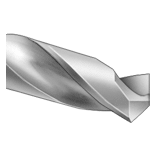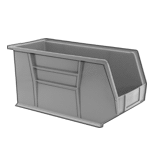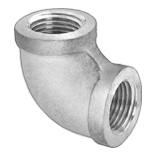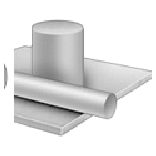Filter by
Sensitivity
Length
Working Orientation
Manufacturer Model Number
Container Type
Width
Mounting Surface Orientation
Height
DFARS Specialty Metals
Export Control Classification Number (ECCN)
Sold As
Levels
Precision Levels
Mountable Levels
General Purpose Levels
Other Products












































